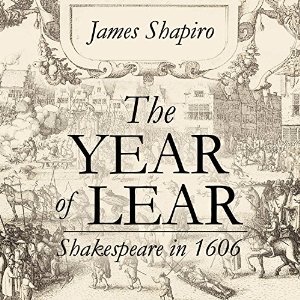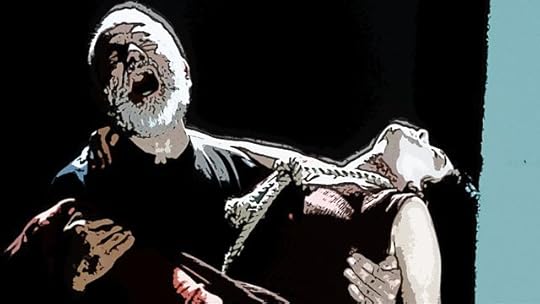What do you think?
Rate this book


Audible Audio
First published January 1, 2015

 http://www.bbc.co.uk/programmes/b06gqdwm
http://www.bbc.co.uk/programmes/b06gqdwm 1/5: The Theatre: The ferment in the country and King James' insistence on an Oath of Allegiance brings religious tensions to the fore in 1606. Anyone refusing to take communion (and therefore presumed to be Catholic) was fined. These matters come very close to William Shakespeare when a member of his family refuses communion in Stratford Upon Avon.
1/5: The Theatre: The ferment in the country and King James' insistence on an Oath of Allegiance brings religious tensions to the fore in 1606. Anyone refusing to take communion (and therefore presumed to be Catholic) was fined. These matters come very close to William Shakespeare when a member of his family refuses communion in Stratford Upon Avon. 2/5: The Gunpowder Plot: The impact of the Gunpowder Plot of late 1605 has implications not only for the monarchy and aristocracy but also for the work of the contemporary playwrights, including William Shakespeare.
2/5: The Gunpowder Plot: The impact of the Gunpowder Plot of late 1605 has implications not only for the monarchy and aristocracy but also for the work of the contemporary playwrights, including William Shakespeare.  3/5: Plague: An outbreak of the plague threatens the livelihood of William Shakespeare when the theatres are closed. It also looms close to his home in London.
3/5: Plague: An outbreak of the plague threatens the livelihood of William Shakespeare when the theatres are closed. It also looms close to his home in London.  4/5: Religion: The ferment in the country and King James' insistence on an Oath of Allegiance brings religious tensions to the fore in 1606. Anyone refusing to take communion (and therefore presumed to be Catholic) was fined. These matters come very close to William Shakespeare when a member of his family refuses communion in Stratford Upon Avon.
4/5: Religion: The ferment in the country and King James' insistence on an Oath of Allegiance brings religious tensions to the fore in 1606. Anyone refusing to take communion (and therefore presumed to be Catholic) was fined. These matters come very close to William Shakespeare when a member of his family refuses communion in Stratford Upon Avon.  5/5: Union: King James' quest for the union of England and Scotland is not easily resolved.
5/5: Union: King James' quest for the union of England and Scotland is not easily resolved. 
 http://www.bbc.co.uk/programmes/b007728h
http://www.bbc.co.uk/programmes/b007728h